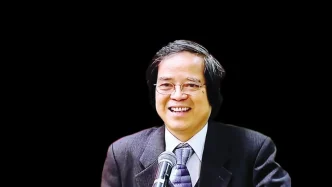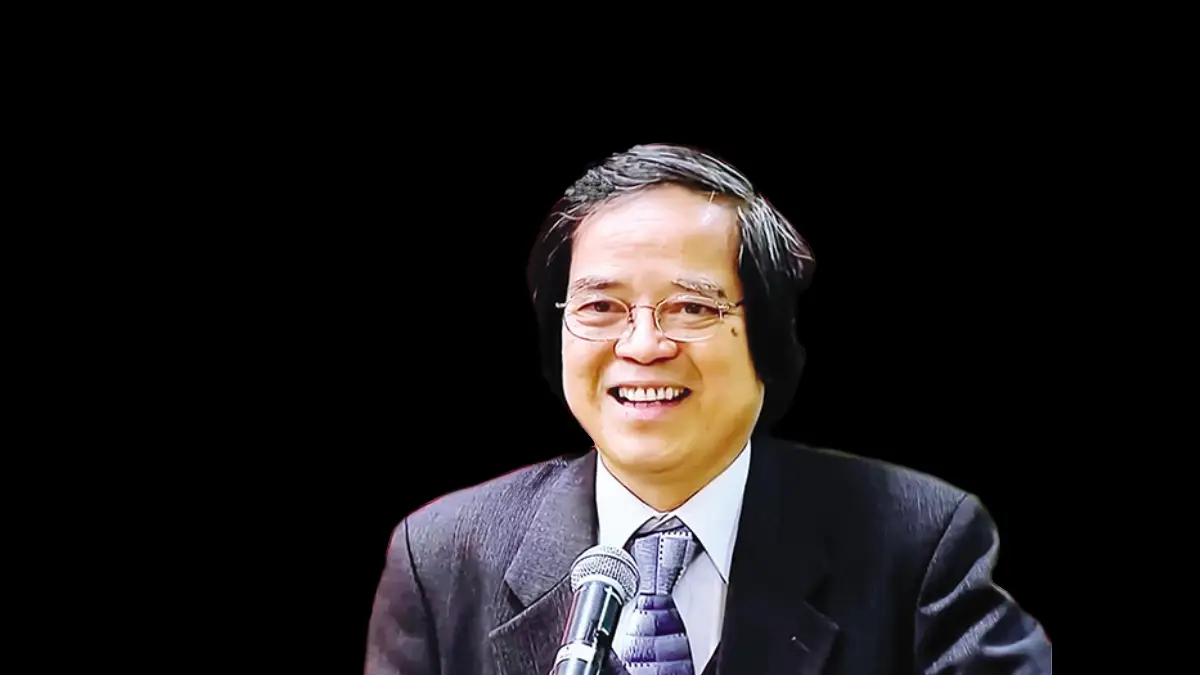Vietnam stands at a pivotal moment in its economic journey, balancing the benefits of foreign investment with the urgent need for industrial restructuring. As U.S. tariffs loom large under President Donald Trump’s second administration, the Southeast Asian nation faces both challenges and opportunities to redefine its role in the global economy. With foreign-invested enterprises driving over 70% of its exports, Vietnam’s reliance on external capital has fueled growth but also raised concerns about the development of domestic industries. Amidst new trade agreements and tariff negotiations, the path forward requires a delicate balance of diversification and transformation.
U.S. Tariffs: A Double-Edged Sword
Vietnam’s export-driven economy has thrived in recent years, particularly through trade with the United States, which last year recorded a trade deficit with Vietnam exceeding $100 billion, making it the third largest after China and Mexico. However, this success has drawn scrutiny from Washington. On July 2, 2025, President Trump announced a tariff deal with Vietnam, setting a 20% rate on Vietnamese exports to the U.S.—a significant reduction from the initially proposed 46%. In return, Vietnam reportedly agreed to impose zero tariffs on U.S. imports, facilitating the entry of high-demand American goods such as aircraft and liquefied natural gas.
This agreement, while easing immediate tensions, signals a broader strategy by the Trump administration to address trade imbalances across Southeast Asia. Products transshipped through Vietnam—often originating from China and rerouted to bypass U.S. tariffs on Chinese goods—will face a steeper 40% tariff. This measure aims to curb the practice of using Vietnam as a conduit for Chinese exports, a trend that has intensified over the past decade as Chinese companies relocated production bases to neighboring countries following U.S.-China trade frictions.
The implications for Vietnam are profound. While the reduced 20% tariff offers some relief, it is likely to slow export growth to the U.S., a key market. At the same time, the deal positions Vietnam as a case study for Trump’s broader trade strategy, potentially pressuring other nations in the region to make similar concessions. For instance, tariffs on Cambodian goods have been set at 49%, reflecting Washington’s view of Southeast Asia as a hub for rerouting Chinese products.
The Call for Industrial Transformation
Beyond immediate trade policies, Vietnam faces a deeper structural challenge: its heavy dependence on foreign capital. The influx of investment, particularly from China, has transformed Vietnam into a manufacturing hub, often dubbed an extension of the “world’s factory.” This shift, accelerated by U.S.-China trade tensions, has brought economic benefits but also vulnerabilities. Factories in provinces like Thai Nguyen, where workers meticulously number fabric for garment production, symbolize Vietnam’s integration into global supply chains. Yet, the dominance of foreign enterprises in exports raises questions about the long-term sustainability of this model.
Tran Van Tho, professor emeritus at Waseda University and a former member of the economic advisory group to Vietnam’s then-Prime Minister Nguyen Xuan Phuc from 2016 to 2021, has been a vocal advocate for change. In a recent interview with The Yomiuri Shimbun on July 8, 2025, Tho emphasized the need for Vietnam to transform its industrial structure. He urged the country to move away from a model reliant on exporting finished products made with intermediate goods from China and South Korea. Instead, he advocated for policies that prioritize the development of domestic industries and reduce dependence on foreign capital.
Tho viewed the relocation of Chinese production bases to Vietnam as a “golden opportunity” for attracting direct foreign investment. However, he also cautioned against an unrestricted influx, advising Vietnamese leaders to selectively accept foreign capital that supports industrial restructuring. Without such measures, he warned, domestic companies risk being overshadowed by foreign giants, stunting local innovation and growth.
Japan’s Role in Defending Free Trade
As Vietnam navigates these economic challenges, the role of regional powers like Japan becomes increasingly significant. Tho highlighted Japan’s leadership in promoting free trade, particularly through initiatives like the Trans-Pacific Partnership (TPP). He argued that Japan should take a strong stance in defending open markets, a move that could benefit the global economy amidst rising protectionism from the U.S.
Japan’s historical experience with U.S. trade frictions in the 1980s offers valuable lessons for Vietnam. After facing trade deficits and tensions with Washington, Japan adapted by diversifying its markets and strengthening domestic industries. Tho believes that a similar approach—diversifying export destinations beyond the U.S.—is essential for Vietnam to mitigate the impact of American tariffs. Japan’s advocacy for free trade could provide a counterbalance to U.S. policies, fostering a more stable economic environment in Asia.
The Risks of Over-Reliance on Foreign Investment
Vietnam’s economic boom has been fueled by foreign direct investment (FDI), particularly in manufacturing sectors like textiles and electronics. The proximity to China, coupled with lower labor costs, has made Vietnam an attractive destination for companies seeking to relocate production. However, this reliance on FDI comes with risks. Over 70% of Vietnam’s export value is generated by foreign-invested enterprises, leaving domestic firms struggling to compete on a global scale.
The concentration of exports to the U.S. further exacerbates these vulnerabilities. A slowdown in trade with America, driven by the new tariffs, could have ripple effects across Vietnam’s economy, impacting jobs and growth. Moreover, the practice of transshipping Chinese goods through Vietnam has drawn increasing scrutiny, with the 40% tariff on such products signaling Washington’s intent to close loopholes in global trade networks.
To address these challenges, Vietnam must prioritize industrial upgrading. This involves investing in technology and skills to move up the value chain, producing higher-value goods rather than relying on low-cost assembly. Diversifying export markets—beyond the U.S. to include Europe, Japan, and other Asian nations—could also reduce exposure to unilateral trade policies. Such a strategy would require coordinated efforts between government and industry to build a more resilient economic foundation.
Looking Ahead: A Path to Sustainable Growth
The tariff deal with the U.S. marks a critical juncture for Vietnam, offering both immediate relief and long-term challenges. While the agreement mitigates the harshest potential tariffs, it underscores the need for structural reforms to reduce reliance on foreign capital and diversify trade partnerships. The advice from experts like Tran Van Tho—to selectively harness foreign investment while fostering domestic industries—provides a roadmap for sustainable growth.
At the same time, regional dynamics, including Japan’s advocacy for free trade, could shape Vietnam’s economic future. As a leader in initiatives like the TPP, Japan has the potential to counterbalance protectionist trends, creating a more open trading environment in Asia. For Vietnam, aligning with such efforts while pursuing internal reforms could strengthen its position in the global economy.
As Vietnam charts its course, the stakes are high. Factories in Thai Nguyen and beyond continue to hum with activity, producing goods for markets worldwide. Yet, the question remains: can Vietnam transform its industrial landscape to ensure long-term prosperity, or will it remain tethered to foreign capital and vulnerable to external shocks? The coming years will test the nation’s ability to adapt and innovate in an increasingly complex global trade arena.















